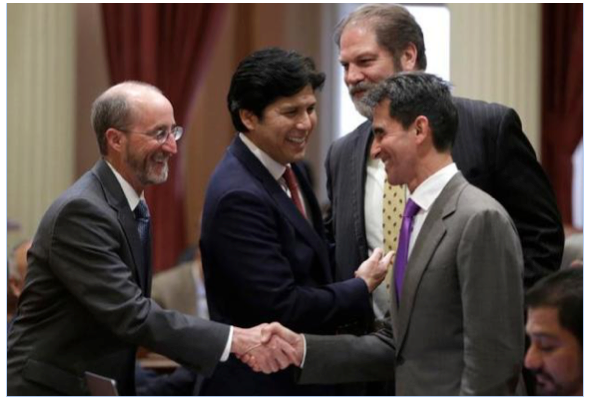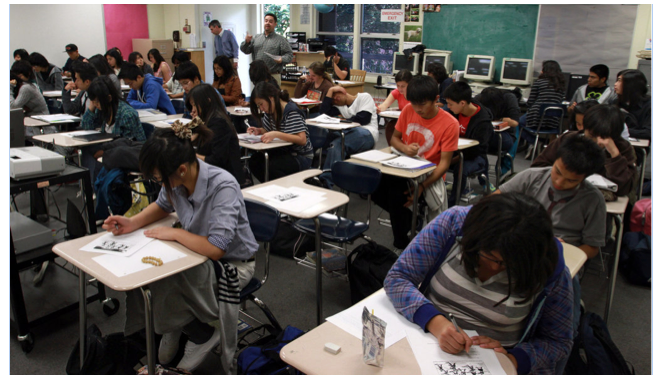Was the Most Expensive School Board Race in History Really All About the Money?
EDUCATION POLITICS-When New York billionaire Michael Bloomberg spent half a million dollars to kick Steve Zimmer off the LA School Board, Zimmer (photo above) picked up the phone. In a departure from his self-described “conflict averse” nature, he wanted to pitch his version of collaborative school reform to the “education mayor.”




































